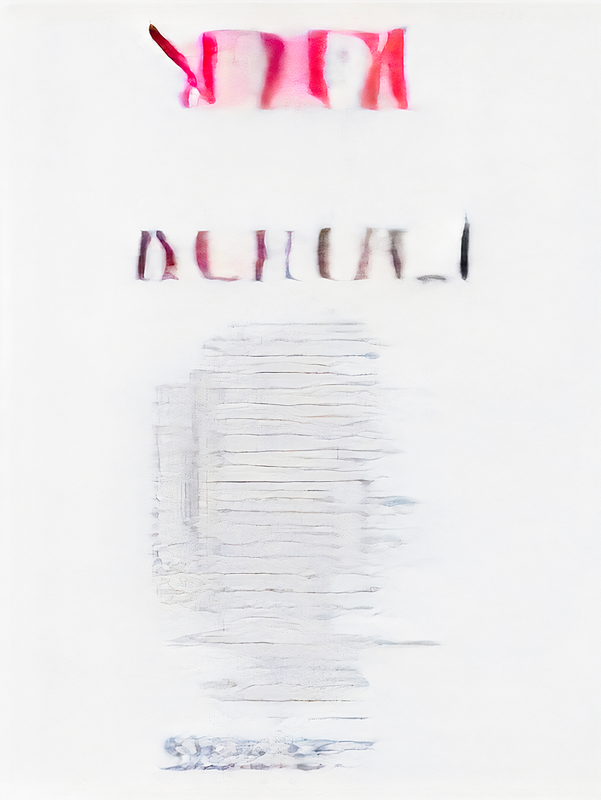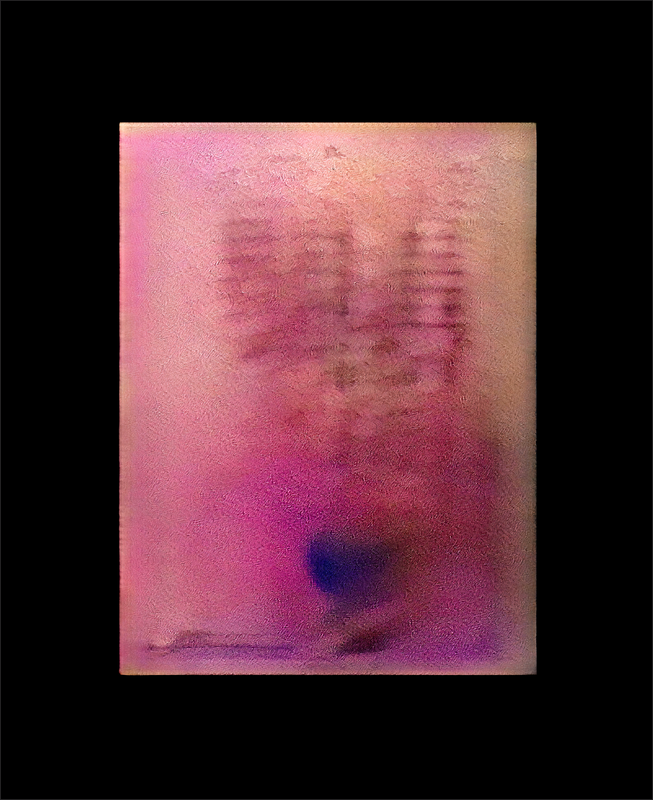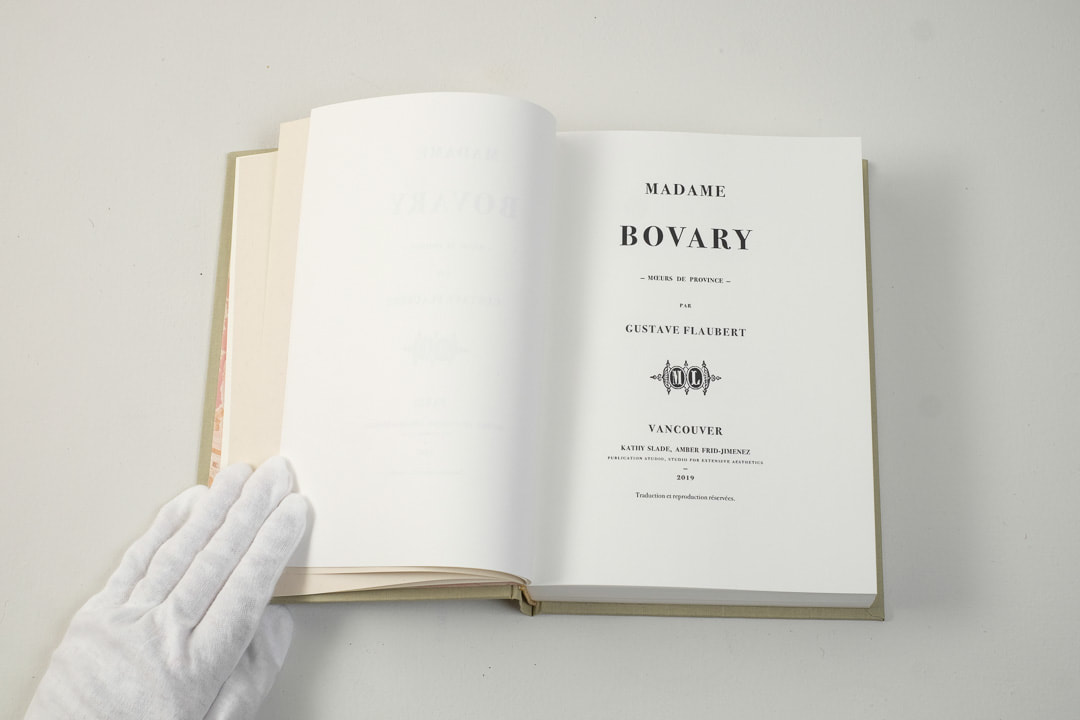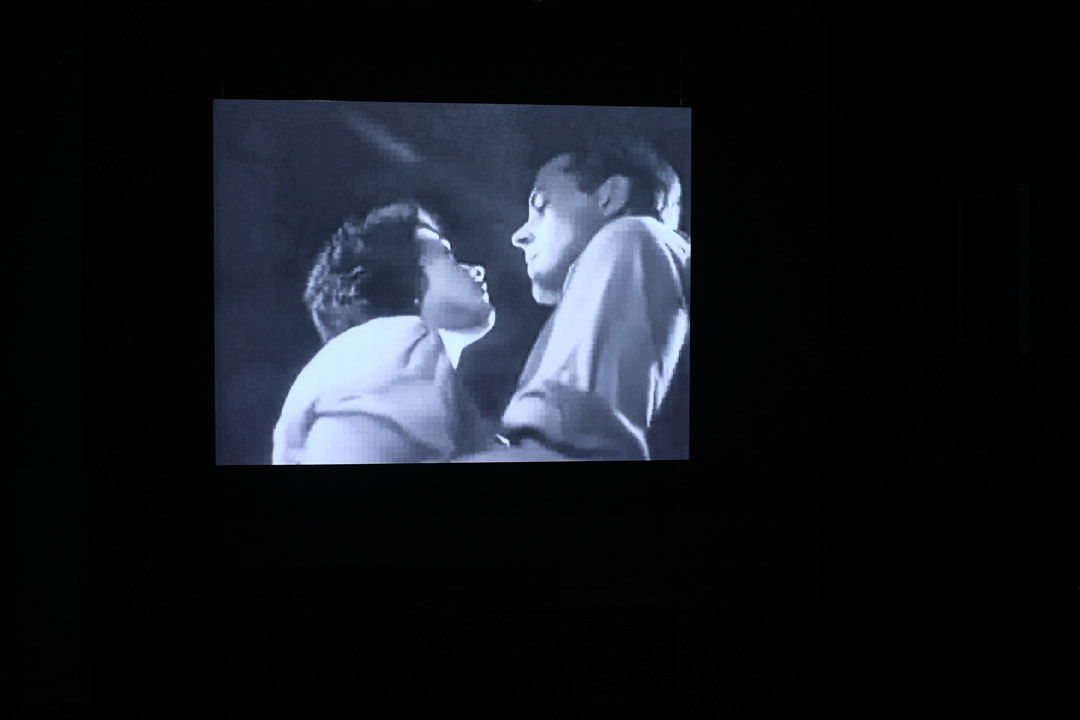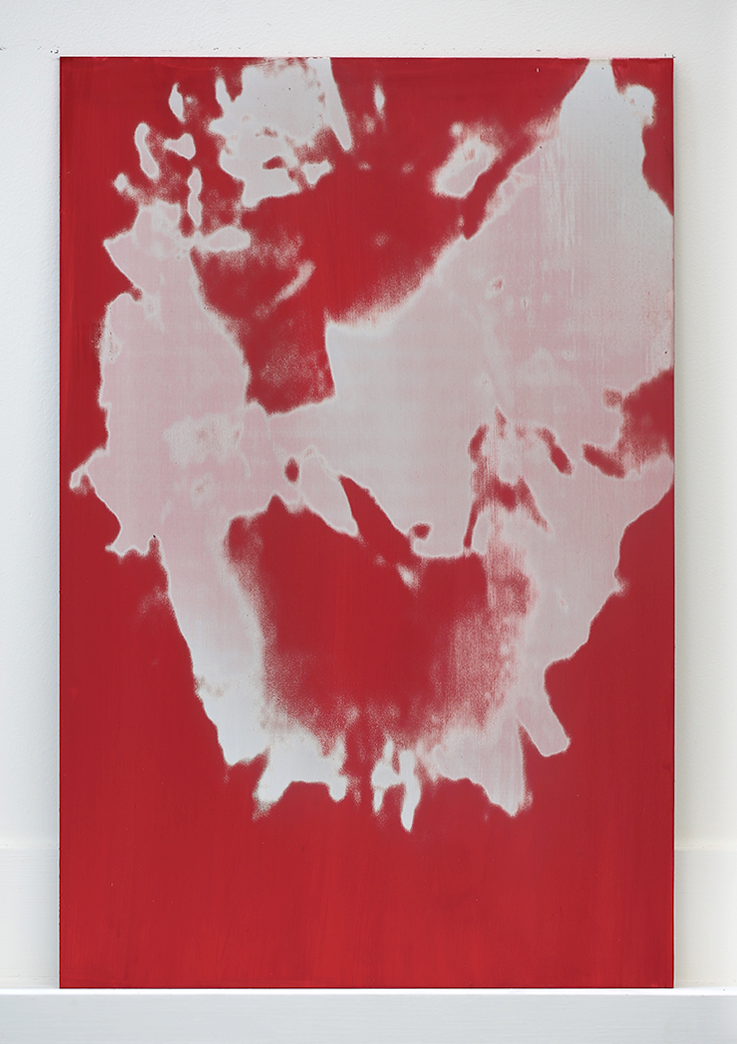Amber Frid-Jimenez
Amber Frid-Jimenez is an artist whose work explores the role of design and technology in contemporary society. Her work investigates the aesthetics and cultural mechanics of the network through experimental platforms and visual installations. Projects include Burning Ballet Mecanique (2018), This is Not a Test (2016), Data Is Political: On Contemporary Art, Design and the Politics of Information, which explores the aesthetic and political dimensions of information and its relation to power and the production of knowledge. Frid-Jimenez is the co-author of a forthcoming book by the same title. She is the author of a recently published artist theory book entitled La Lucha Sin Fin: On Charisma and Its Persuasive Technologies, published by the Jan van Eyck (2012).
Frid-Jimenez is a partner at AFJD, a studio at the intersection of architecture and information. She is Canada Research Chair in art and design technology, and an associate professor at Emily Carr University of Art and Design. She is on leave from her position as associate professor at the Bergen National Academy of Art and Design (Norway), serves as a supervisor for the Norwegian Artistic Research Programme, has been a design researcher at the Jan van Eyck Academie (Netherlands), and an affiliate artist at the M.I.T. Program for Art, Culture and Technology (Cambridge, MA), where she co-directed symposia and taught with former director Ute Meta Bauer. She has lectured at Brown University, Cornell University, Harvard University and the Rhode Island School of Design.
Frid-Jimenez has presented her work internationally at institutions including the Smithsonian Institution, Casco Office for Art Design and Theory (NL), Maison Europeenne de la Photographie (Paris, FR), A Foundation (Liverpool, UK), Contemporary Art Gallery (Vancouver), Western Front (Vancouver), Banff New Media Institute (Alberta, CA), Media Lab Prado (Madrid, SP), among others. Her work has been featured on the New York Times, Bloomberg TV, Huffington Post, the Boston Globe, CBC Radio, Bustler, ArchDaily, Architizer, Art21, Manystuff, Infosthetics, We Make Money Not Art, among others.
Frid-Jimenez holds a Science Masters in Media Arts and Sciences from the M.I.T. Media Laboratory where she studied with John Maeda in the Physical Language Workshop. Prior to that, she worked as a design researcher in the Cognitive Machines Group, directed by Dr. Deb Roy. at M.I.T. Frid-Jimenez has worked as a professional book designer for institutions including the Smithsonian Institution and Harvard University Press, among others. She earned her bachelor’s degree in fine art and philosophy from Wesleyan University.
Frid-Jimenez is a partner at AFJD, a studio at the intersection of architecture and information. She is Canada Research Chair in art and design technology, and an associate professor at Emily Carr University of Art and Design. She is on leave from her position as associate professor at the Bergen National Academy of Art and Design (Norway), serves as a supervisor for the Norwegian Artistic Research Programme, has been a design researcher at the Jan van Eyck Academie (Netherlands), and an affiliate artist at the M.I.T. Program for Art, Culture and Technology (Cambridge, MA), where she co-directed symposia and taught with former director Ute Meta Bauer. She has lectured at Brown University, Cornell University, Harvard University and the Rhode Island School of Design.
Frid-Jimenez has presented her work internationally at institutions including the Smithsonian Institution, Casco Office for Art Design and Theory (NL), Maison Europeenne de la Photographie (Paris, FR), A Foundation (Liverpool, UK), Contemporary Art Gallery (Vancouver), Western Front (Vancouver), Banff New Media Institute (Alberta, CA), Media Lab Prado (Madrid, SP), among others. Her work has been featured on the New York Times, Bloomberg TV, Huffington Post, the Boston Globe, CBC Radio, Bustler, ArchDaily, Architizer, Art21, Manystuff, Infosthetics, We Make Money Not Art, among others.
Frid-Jimenez holds a Science Masters in Media Arts and Sciences from the M.I.T. Media Laboratory where she studied with John Maeda in the Physical Language Workshop. Prior to that, she worked as a design researcher in the Cognitive Machines Group, directed by Dr. Deb Roy. at M.I.T. Frid-Jimenez has worked as a professional book designer for institutions including the Smithsonian Institution and Harvard University Press, among others. She earned her bachelor’s degree in fine art and philosophy from Wesleyan University.
2023
V XXXX – something slips, passes, is transmitted, from stage to stage
|
Curated by T’ai Smith
May 11 - June 10, 2023 Opening Reception: Thursday, May 18, 5 - 7 pm 2895 W33rd Avenue Vancouver, BC V6N 2G3 Mónica Reyes Gallery is pleased to present V XXXX – something slips, passes, is transmitted, from stage to stage, an exhibition by Amber Frid-Jimenez, curated by T’ai Smith open from May 11 to June 10, 2023. V XXXX is an exhibition of new works including prints and videos revolving around a limited edition artist’s book in the form of a magazine, which Amber Frid-Jimenez created in conversation with a series of generative adversarial networks, or GANs. The artist began by training a machine on a particular visual data set: 130 thousand images—representing seventy years of monthly magazine spreads, from 1950 to 2020—scraped from a globally-recognized fashion periodical; reading these patterns and trends, the machine responded, like a child learning the sounds of a new language, by mimicking the contours of its model. Like the parent-magazine, it produced image-after-image, version-after-version. V is familiar in colour, texture, and weight—glossy and reflective—but it is also strange, alien. The forms that grace each spread look vaguely corporeal, but have arms like toothpicks, bodies like blobs. Sartorial patterns are isolated and seemingly reinterpreted as Rorschach inkblots—perhaps a cicada, or a bird. What appear to be columns and rows of text resemble delicate trails of smoke nested among other creatures. The hint of human forms are mangled to abstraction, or abstracted to Otherness. Amber Frid-Jimenez is an artist exploring the cultural mechanics of the network through installations, prints, videos, code, and artist’s books. Her recent work scrutinizes the resemblances between AI and the visual culture of fashion. She has shown internationally in exhibitions at Casco Art Institute, Maison Européenne de la Photographie, Jan van Eyck, Griffin Art Projects, and Vancouver Art Gallery, where her work about AI was acquired and included in The Imitation Game: Visual Culture in the Age of Artificial Intelligence in 2022. In 2021, her series of short videos was commissioned by the Washington D.C. Metropolitan Transit as part of their inaugural public art series. Frid-Jimenez is a Canada Research Chair in Art and Design Technology at Emily Carr University, where she is the founding director of the Studio for Extensive Aesthetics, an artistic research studio at the intersection of art and computation. T’ai Smith is Associate Professor of Art History at UBC. Author of Bauhaus Weaving Theory: From Feminine Craft to Mode of Design (University of Minnesota Press, 2014), her articles have appeared in various journals, including Art Journal, Grey Room, Leonardo, and Texte zur Kunst, ZMK (Zeitschrift für Medien- und Kulturforschung), and in numerous edited volumes and catalogs, most recently for the Museum of Modern Art (New York), Tate Modern (London), and Museum Brandhorst (Munich). She is currently working on two book manuscripts: Textile Media and Fashion After Capital, to be published by Bloomsbury. |
Amber Frid-Jimenez, V XXXX #266, Archival inkjet print, 40 x 50 inches, 2023
|
Works Exhibited
Other works
After Dark | Disco Ball and Fireworks | LED panels | 6.5x6.5x6.5 in.
Amber Frid-Jimenez
"The Imitation Game: Visual Culture in the Age of Artificial Intelligence"
at the Vancouver Art Gallery
March 5 - October 23, 2022
The Imitation Game surveys the extraordinary uses (and abuses) of artificial intelligence (AI) in the production of modern and contemporary visual culture around the world. The exhibition follows a chronological narrative that first examines the development of artificial intelligence, from the 1950s to the present, through a precise historical lens. Building on this foundation, it emphasizes the explosive growth of AI across disciplines, including animation, architecture, art, fashion, graphic design, urban design and video games, over the past decade. Revolving around the important roles of machine learning and computer vision in AI research and experimentation, The Imitation Game reveals the complex nature of this new tool and demonstrates its importance for cultural production.
Featured artists, designers and architects include *airegan, Stafford Beer, BIG, Ben Bogart, Gui Bonsiepe, Sougwen Chung, Muriel Cooper, DeepDream, Stephanie Dinkins, Scott Eaton, Epic Games, Amber Frid-Jimenez, Neri Oxman, Patrick Pennefather and WETA, among others.
Organized by the Vancouver Art Gallery and curated by Bruce Grenville, Senior Curator and Glenn Entis, Guest Curator
Featured artists, designers and architects include *airegan, Stafford Beer, BIG, Ben Bogart, Gui Bonsiepe, Sougwen Chung, Muriel Cooper, DeepDream, Stephanie Dinkins, Scott Eaton, Epic Games, Amber Frid-Jimenez, Neri Oxman, Patrick Pennefather and WETA, among others.
Organized by the Vancouver Art Gallery and curated by Bruce Grenville, Senior Curator and Glenn Entis, Guest Curator
Amber Frid-Jimenez | Après Ballet mécanique, 2018
two-channel video | 12:05 min.
Collection of the Vancouver Art Gallery
Après Ballet mécanique (2018) is a video created by Frid-Jimenez that uses artificial intelligence to generate a new configuration of Fernand Léger's experimental film Ballet mécanique (1924). Ballet mécanique is an important and influential work within European modernist art of the early 20th century. Using aggressively experimental film techniques and subject matter, Léger created a new kind of image.
To produce her work, Après Ballet mécanique, Frid-Jimenez takes a similarly experimental approach, using Léger's film to construct a learning set - the dataset of images used to "train" an artificial neural network - and then reconstruct a new version of the film from within the multidimensional image space produced by the neural network. The result is a very different film, reflecting a sense of time, space and form that is firmly rooted in the age of artificial intelligence.
two-channel video | 12:05 min.
Collection of the Vancouver Art Gallery
Après Ballet mécanique (2018) is a video created by Frid-Jimenez that uses artificial intelligence to generate a new configuration of Fernand Léger's experimental film Ballet mécanique (1924). Ballet mécanique is an important and influential work within European modernist art of the early 20th century. Using aggressively experimental film techniques and subject matter, Léger created a new kind of image.
To produce her work, Après Ballet mécanique, Frid-Jimenez takes a similarly experimental approach, using Léger's film to construct a learning set - the dataset of images used to "train" an artificial neural network - and then reconstruct a new version of the film from within the multidimensional image space produced by the neural network. The result is a very different film, reflecting a sense of time, space and form that is firmly rooted in the age of artificial intelligence.
Past Exhibition at MRG
A Dream and a Drive: Circles, Dots, Os and Zerosis
A two-person exhibition of the work of Amber Frid-Jimenez and Kathy Slade. | 2019
The artists present new works including video and embroidery that draw on sources ranging from Gustave Flaubert’s novel Madame Bovary(1856) to Ekstase, a 1933 film starring Hedy Lamarr and directed by Gustav Machatý. Both historical works were deemed obscene by the censors of their time. Emma Bovary’s scandalous conduct, her desire, adulterous liaisons, and suicide, led Flaubert to trial where he was charged with offenses against public and religious morals; while Lamarr’s performance of Eva Hermann’s sexual desire—notoriously, the first portrayal of a female orgasm in the history of film—led to charges of indecency from various countries in Europe and North America that amounted to years of delay for the release of Ekstase.
The exhibition focuses on the circle or typographic figure O. The O manifests in a new series of embroidered monochromes by Slade. It is present in Hedy Lamarr’s embodiment of ecstasy in Frid-Jimenez’s remake of an excerpt of Ekstaseand exists within a fictitious journey around the streets of Rouen as imagined by Flaubert.
This exhibition marks the beginning of a new collaborative project for Frid-Jimenez and Slade that will study how images are read through persuasive texts and technologies and how meaning is formed through modes of reimagining, repetition, and reenactment.
Amber Frid-Jimenez is an artist whose work explores the role of design and technology in contemporary society. Her work investigates the aesthetics and cultural mechanics of the network through experimental platforms and visual installations. Frid-Jimenez has presented her work at institutions such as the Smithsonian, Casco Office for Art Design and Theory (NL), Maison Europeenne de la Photographie (Paris, FR), A Foundation (Liverpool, UK), Contemporary Art Gallery (Vancouver), Banff New Media Institute (Alberta), and Media Lab Prado (Madrid, SP). Frid-Jimenez holds a Science Masters in Media Arts and Sciences from the M.I.T. Media Laboratory. She earned her bachelor’s degree in fine art and philosophy from Wesleyan University. Frid-Jimenez is Canada Research Chair in art and design technology, and an associate professor at Emily Carr University of Art and Design.
Kathy Slade works across disciplines in a variety of media including textiles, sculpture, sound, performance, film, video, print, and publication. Through her practice, she points to moments and events in literature, art history, and popular culture from which to reimagine particular temporalities and texts, to create looping structures, and to produce remakes that play on repetition and the doublet of original and copy. Slade’s work will be presented this summer in group exhibitions at studio e gallery (Seattle, USA) and at Fluc (Vienna, AT). She has recently shown her work in solo presentations at Surrey Art Gallery, Walter C. Koerner Library at UBC, and 4COSE (London, UK). Together with Kay Higgins, Slade runs Publication Studio Vancouver. She founded READ Books at Libby Leshgold Gallery and is the founding editor of the Emily Carr University Press. Slade is the curator of the 2019 Vancouver Art Book Fair.
The exhibition focuses on the circle or typographic figure O. The O manifests in a new series of embroidered monochromes by Slade. It is present in Hedy Lamarr’s embodiment of ecstasy in Frid-Jimenez’s remake of an excerpt of Ekstaseand exists within a fictitious journey around the streets of Rouen as imagined by Flaubert.
This exhibition marks the beginning of a new collaborative project for Frid-Jimenez and Slade that will study how images are read through persuasive texts and technologies and how meaning is formed through modes of reimagining, repetition, and reenactment.
Amber Frid-Jimenez is an artist whose work explores the role of design and technology in contemporary society. Her work investigates the aesthetics and cultural mechanics of the network through experimental platforms and visual installations. Frid-Jimenez has presented her work at institutions such as the Smithsonian, Casco Office for Art Design and Theory (NL), Maison Europeenne de la Photographie (Paris, FR), A Foundation (Liverpool, UK), Contemporary Art Gallery (Vancouver), Banff New Media Institute (Alberta), and Media Lab Prado (Madrid, SP). Frid-Jimenez holds a Science Masters in Media Arts and Sciences from the M.I.T. Media Laboratory. She earned her bachelor’s degree in fine art and philosophy from Wesleyan University. Frid-Jimenez is Canada Research Chair in art and design technology, and an associate professor at Emily Carr University of Art and Design.
Kathy Slade works across disciplines in a variety of media including textiles, sculpture, sound, performance, film, video, print, and publication. Through her practice, she points to moments and events in literature, art history, and popular culture from which to reimagine particular temporalities and texts, to create looping structures, and to produce remakes that play on repetition and the doublet of original and copy. Slade’s work will be presented this summer in group exhibitions at studio e gallery (Seattle, USA) and at Fluc (Vienna, AT). She has recently shown her work in solo presentations at Surrey Art Gallery, Walter C. Koerner Library at UBC, and 4COSE (London, UK). Together with Kay Higgins, Slade runs Publication Studio Vancouver. She founded READ Books at Libby Leshgold Gallery and is the founding editor of the Emily Carr University Press. Slade is the curator of the 2019 Vancouver Art Book Fair.






